Experience Using SONY ALPHA a7III Review 2019
As a content creator, the ability of photography and videography is very important in supporting my work. More or less for reporting or covering events, and taking photos and video reviews.
To meet these needs, I bought a Sony Alpha A7 mirrorless camera because it has a full frame sensor. Because I need a better image quality, especially when low light - where the camera uses high ISO.
One of the most disturbing things on the A7 is the absence of a stabilizer in the camera body. So that it is not possible to record video with hand-held, it must use a tripod - when using a lens without Optical SteadyShot image stabilization support.
So next year, I plan to upgrade the camera body to A7 II, which already has 5 axis stabilization or investment into the lens. However, I might undo this plan after being fed by Sony Alpha A7 III.
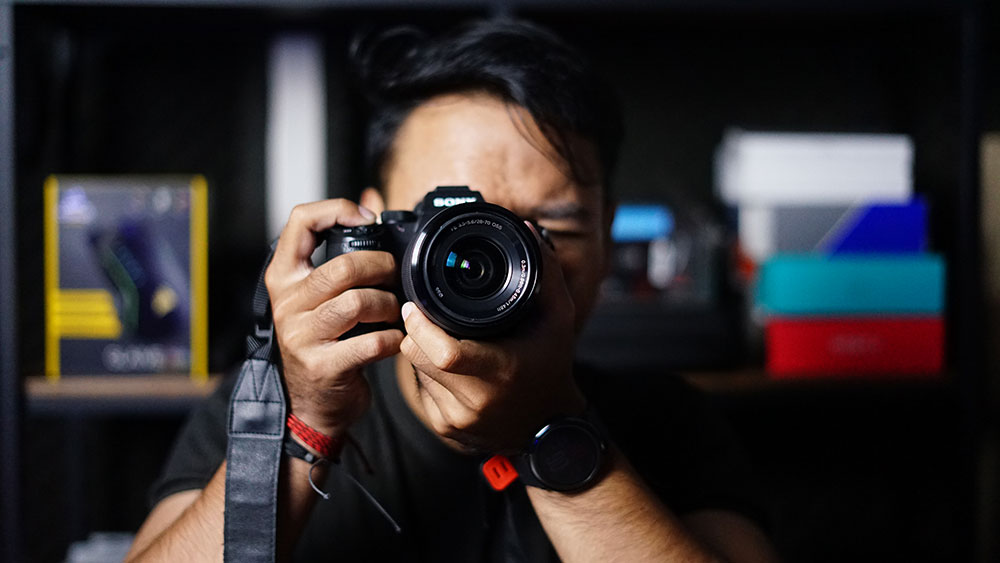
the arrival of the latest third generation A7 series mirrorless full frame cameras. For almost a month, the Sony Alpha A7 III has accompanied my various activities - for coverage, photos, and video reviews, traveling, and even prewedding.
The most memorable experience when using the A7 III is the practicality of determining the focal point, long battery life, 5 axis stabilization which is very useful when recording video, and much more. Here's a complete review of the Sony Alpha A7 III.
Desain Sony Alpha A7 III
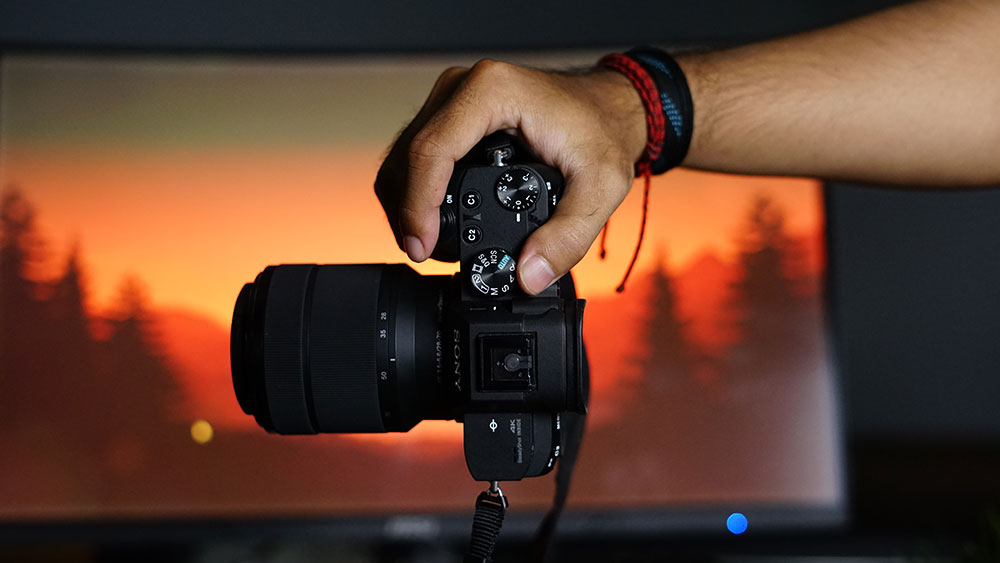
In the first week with the A7 III, it happened to be a busy event - where almost every day went covered. I'm still groping to optimize this camera, but to be honest - my neck and shoulders feel sore.
It's actually reasonable, considering the dimensions of the A7 III are bigger (127x96x74 mm). Its weight is also heavier, A7 is only 474 grams (including batteries without lenses) - while the A7 III reaches 650 grams.
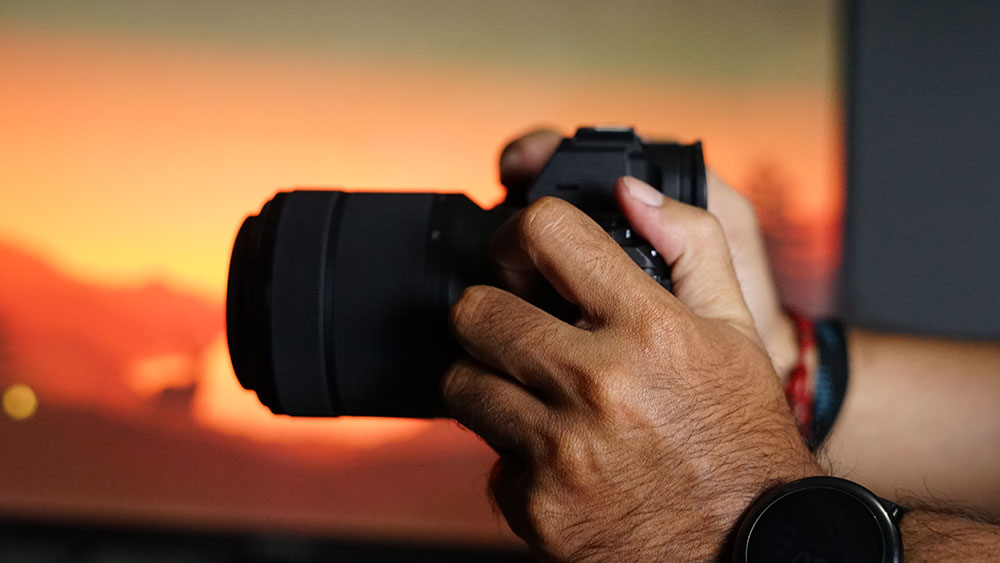
Admittedly, increasing dimensions and bigger grips that are comfortable in the hand make it much more ergonomic. Improved camera control on the A7 III also makes it more responsive when used. In these grips, new batteries that have resistance are almost 2x longer.
The A7 III design line itself is still the same as its predecessor, which is taking classic designs such as SLR cameras or rangefinders. From the outside, the A7 III display is almost the same as the A7R III - very handsome.
Sony Alpha Camera Controller
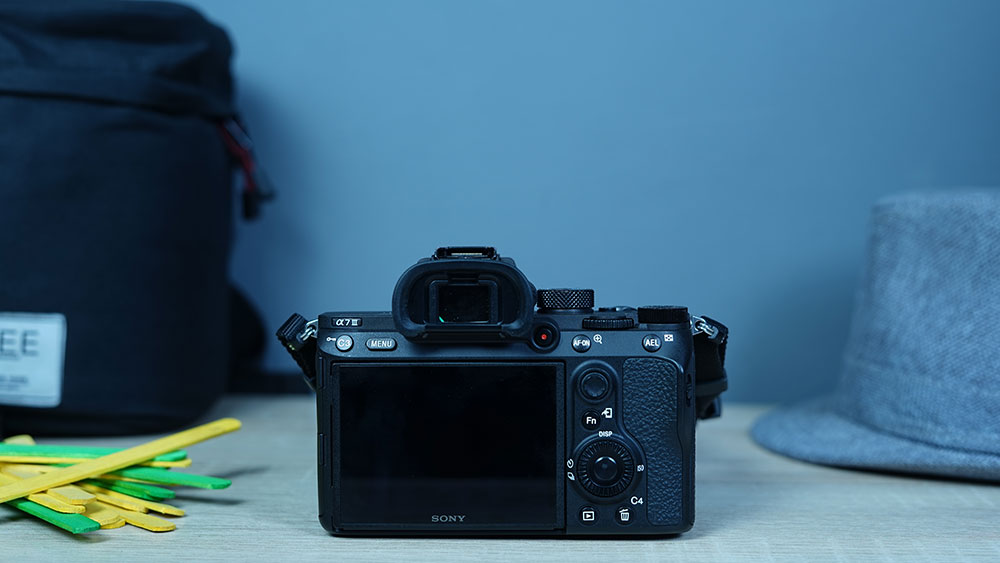
When taking photos and video reviews, I usually play aperture, focus area, and angle. But determining the focus point on the A7 is quite a hassle.
Therefore, the presence of the joystick and touch screen functions on the A7 III, in my opinion, is an essential feature - because it is very useful to help move focus areas.
Unfortunately, his 3-inch touch screen cannot be rotated to the side and front. So, sometimes it's still difficult to own when composing photos in certain angles and it's hard to record videos yourself or vlogging. The touch screen functionality is also limited, only to determine the focal point and not yet be able to navigate the menu.
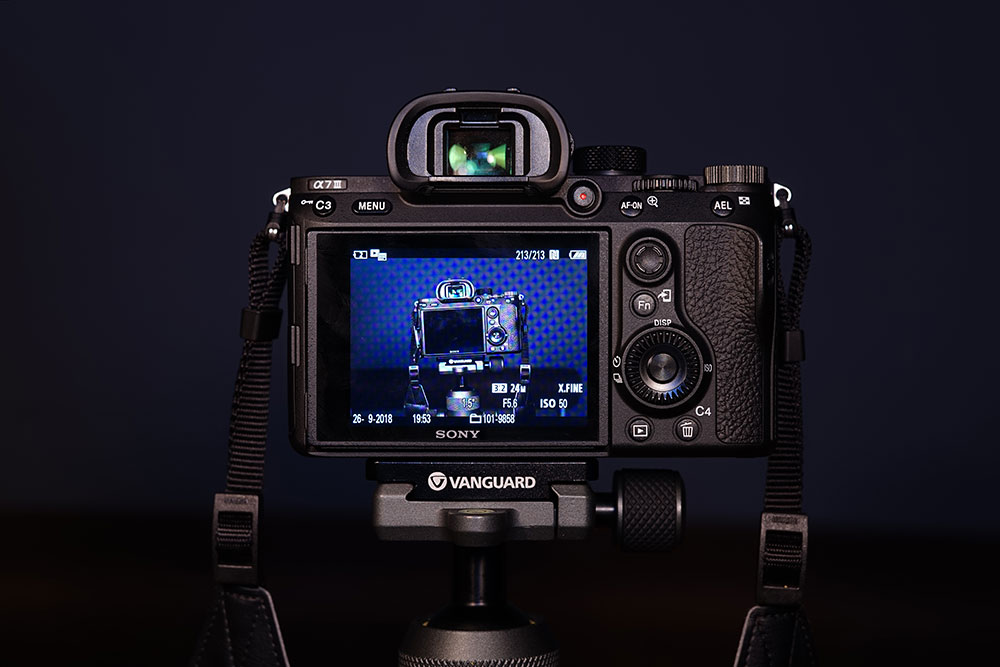
Bagian depannya cukup ramai, selain layar sentuh dan AF joystick – terdapat pula dan jendela bidik tipe electronic 2,36 juta dot OLED (0,78x magnification) lengkap dengan dial diopter untuk menyesuaikan fokus dari lensa viewfinder.
Tombol lainnya antara lain tombol menu untuk mengakses pengaturan kamera, tombol FN yang terdiri dari 12 shortcut, kustom C3 dan C4, AF-ON, AEL, playback, dan roda kontrol.
Sementara, pada bagian atas terdapat tombol shutter yang dilengkapi toggle on/off, dial untuk menyesuaikan aperture, dial untuk mengatur shutter speed, multi interface shoe, serta tombol kustom C3 dan C4.
Continue to the back, there is a lever button to open and install the lens. As well as the AF illuminator or self-timer lights. Meanwhile, at the bottom, there is a slot for the battery and a tripod socket hole.
The camera control on the A7 III is indeed relatively complex and there are lots of buttons whose functions can be changed. Surely it will take our time to adjust as needed, but all patients will pay off - do not hesitate to tamper with the camera.
Sony Alpha A7 III Technical Specifications

This camera carries a 35mm full frame sensor, with a 24-megapixel resolution like A7 and A7 II. But the technology inside has been improved, where now it uses BSI sensors (backside-illuminated) - in short, the A7 III offers better performance on bright light and low light.
The new sensor design called 'dual gain' also carries the ability of a hybrid autofocus system with 693 phase-detection points that almost meet the entire frame (93%), 425 contrast-detection points, ISO to 51200 ranges (can be increased to ISO 204800), and able to shoot 10 fps with a buffer of 163 photos.
I don't like losing control in auto mode, so I always choose the manual mode. But I believe with automatic ISO because the ISO performance is high. But to ensure the results are maintained, we can determine the minimum and maximum ISO values.

About the video, the A7 III was able to record 4K video at 24 fps without crop, 4K video at 30 fps with crop 1.2x, and 1080p slow-motion video at 120 fps in S & Q mode.
Complete with S-log3 support that can be saved to SD card (8 bit 4: 2; 0) or to HDMI out (8 bit 4: 2: 2) and HLG (hybrid log gamma) which is useful when high contrast conditions.
Yes, the A7 III's 4K video recording capabilities are fairly capable. Although many still make videos at 1080p - taking 4K footage has a number of advantages. For example, it can be used to play multi-angle, can zoom or re-framing without reducing quality when we render to 1080p.
Experience Using Sony Alpha A7 III
Eye-AF will track the eyes of the subject closest to the camera, even when playing bokeh with a large aperture like f1.8. Eye-AF will also keep track of the eyes when the subject moves and when we shoot continuously (continuous shooting) 10 fps.
Honestly, I feel so flexible and can adapt easily when changing scenarios. So that it can fully focus on pursuing the composition that I want, capture the right expression, and capture the moment more perfectly.
This review of the Sony Alpha A7 III, image sampling is also assisted by one photographer. According to him, although playing at high ISO and a small aperture in low light conditions - the results are still good and minimal noise. Highly recommended for night photography enthusiasts who are anti-flash.
For the needs of serious photography or semi-pro hobbies, the quality is more than enough. Likewise for work, with a note if you do not need high resolution. 4K video recording capabilities are good and supported by a collection of complete and quality lenses (Zeiss, Sony GM).
Here are some shots from Sony Alpha A7 III:

Despite targeting professionals, Sony calls the A7 series the most basic model. Understandable, because Sony has an A7R series that boasts high resolution, the A7S series specialists in a video, and the A9 series are able to take photos of 20 fps in a row.
In my opinion, the A7 III is a versatile camera - suitable for all photography needs and also reliable for video needs - both hobbies and work (pro). Feel professional and the features that are very pampering users.
Sony Alpha A7 III is also a benchmark for full frame cameras. When Nikon launches Z6 and Z7, and Canon with EOS R - most people will immediately compare with A7 III. The price of the A7 III is also very competitive compared to its competitors.
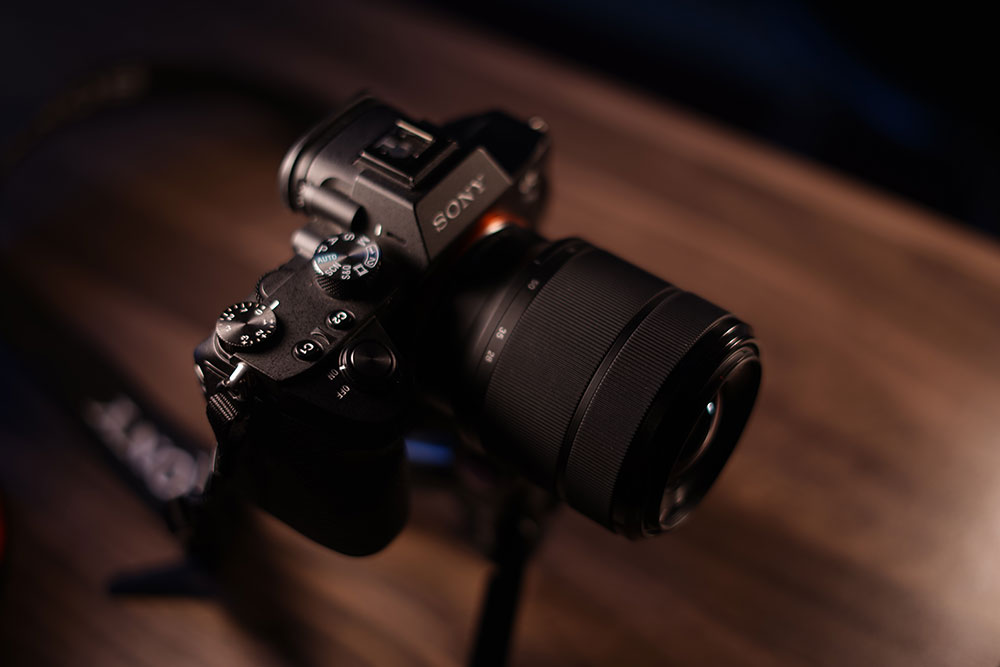
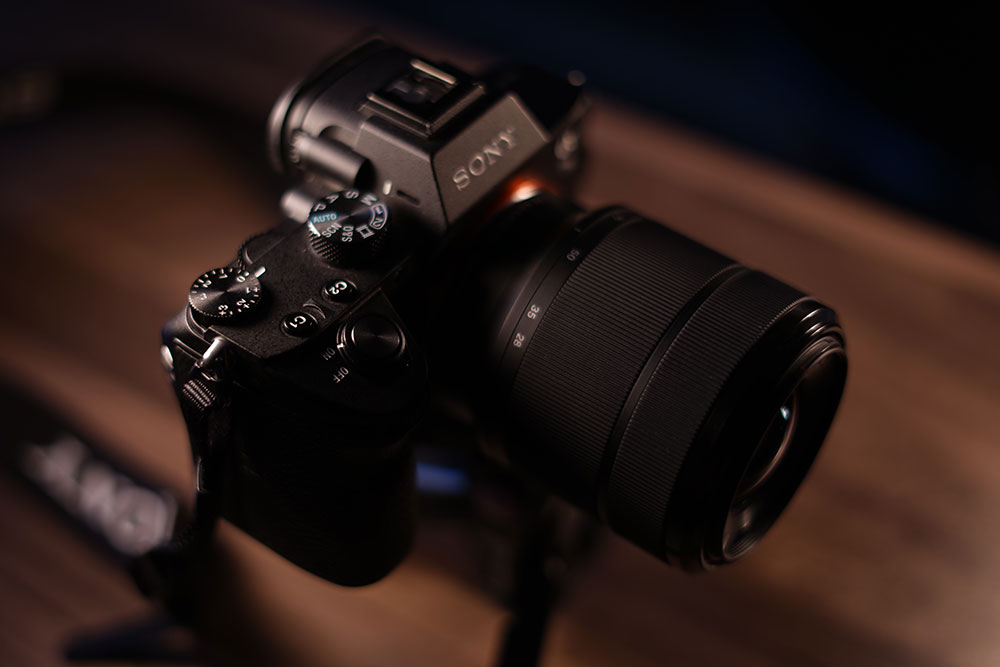

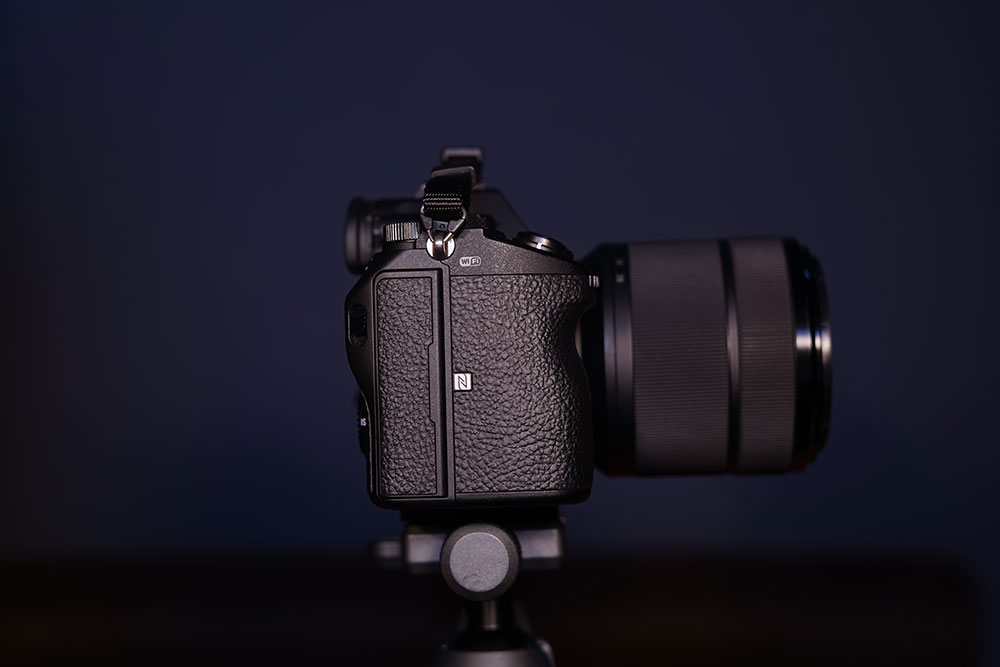
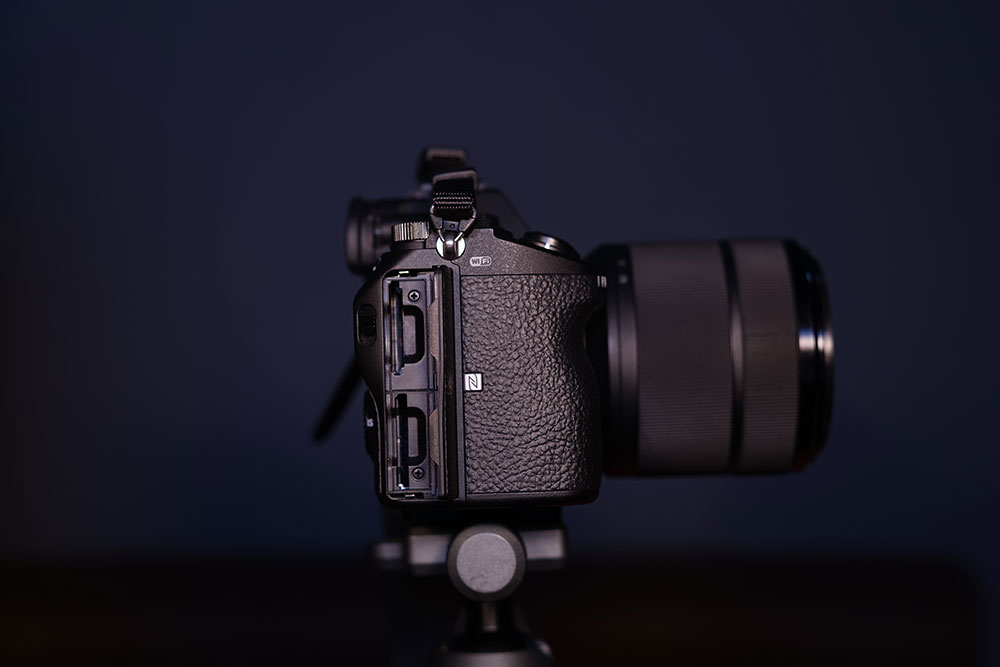
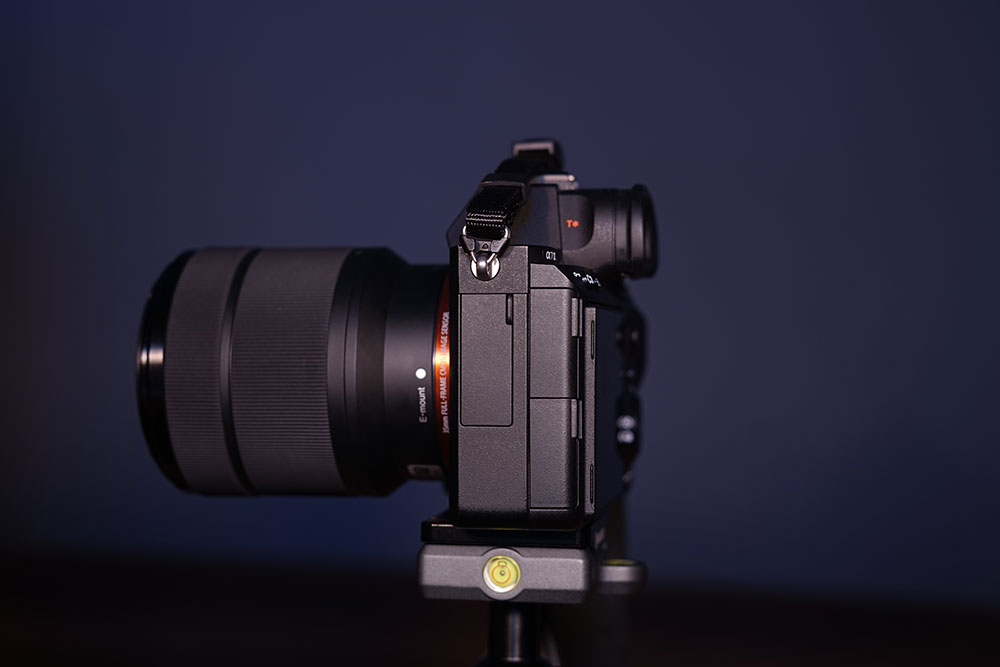
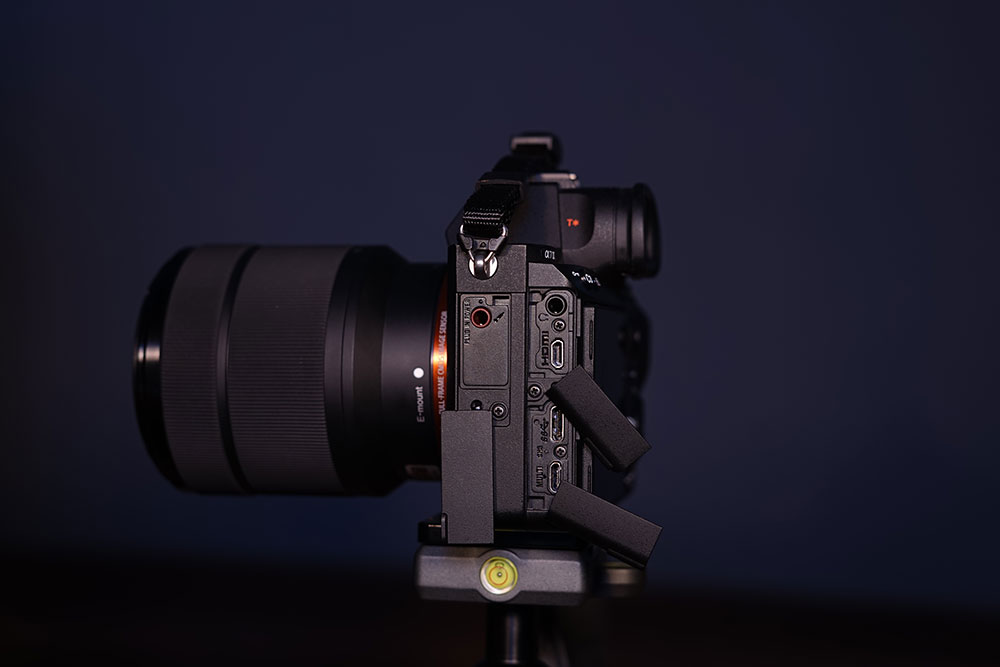
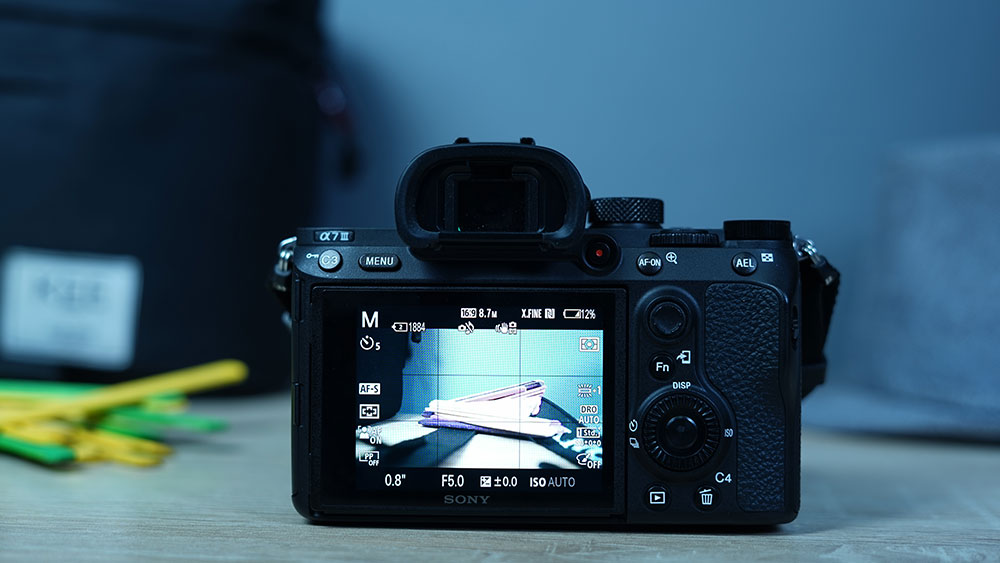
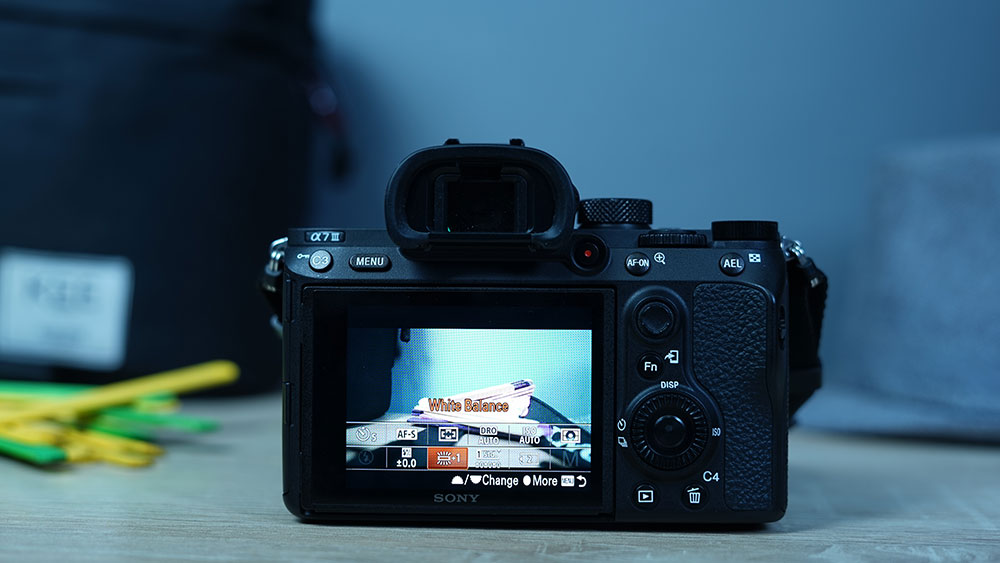

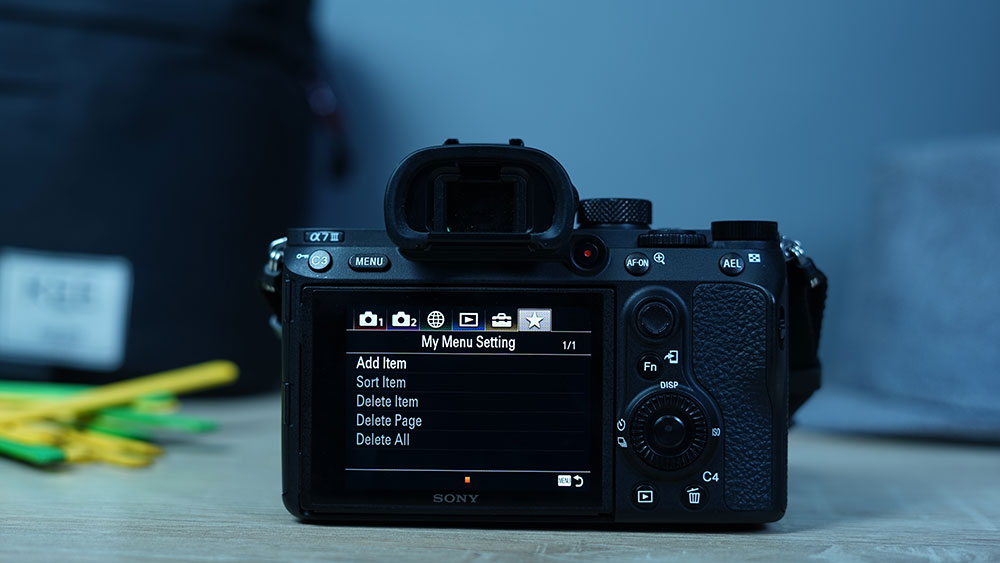
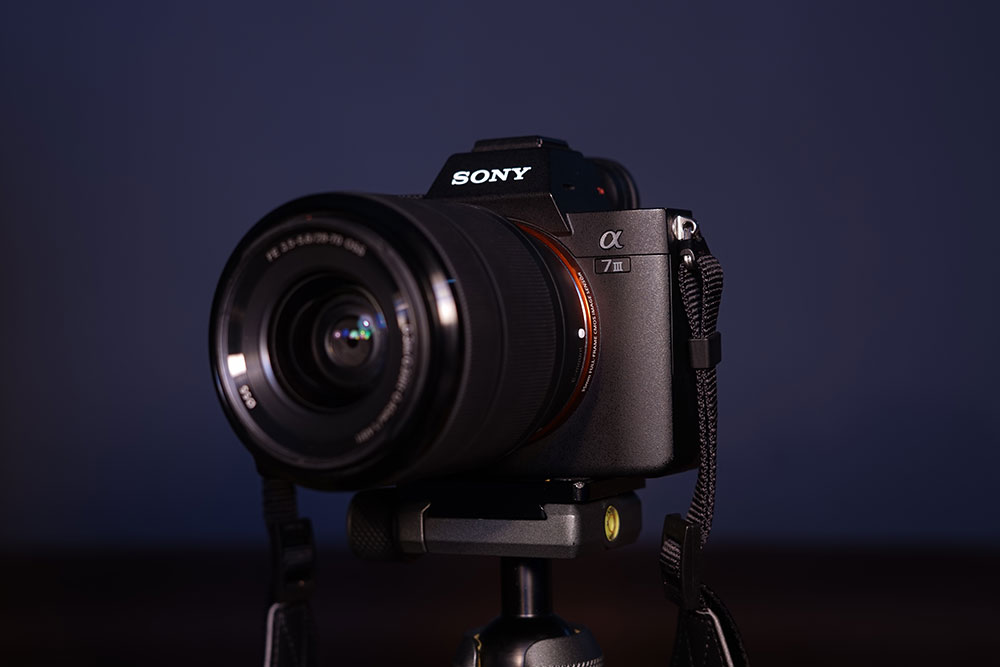
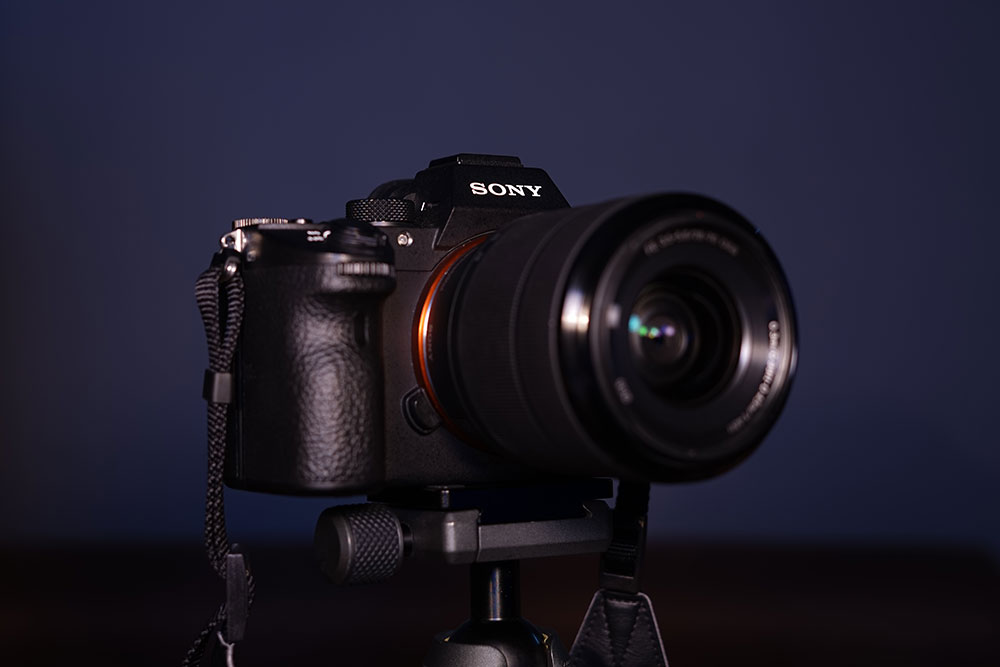
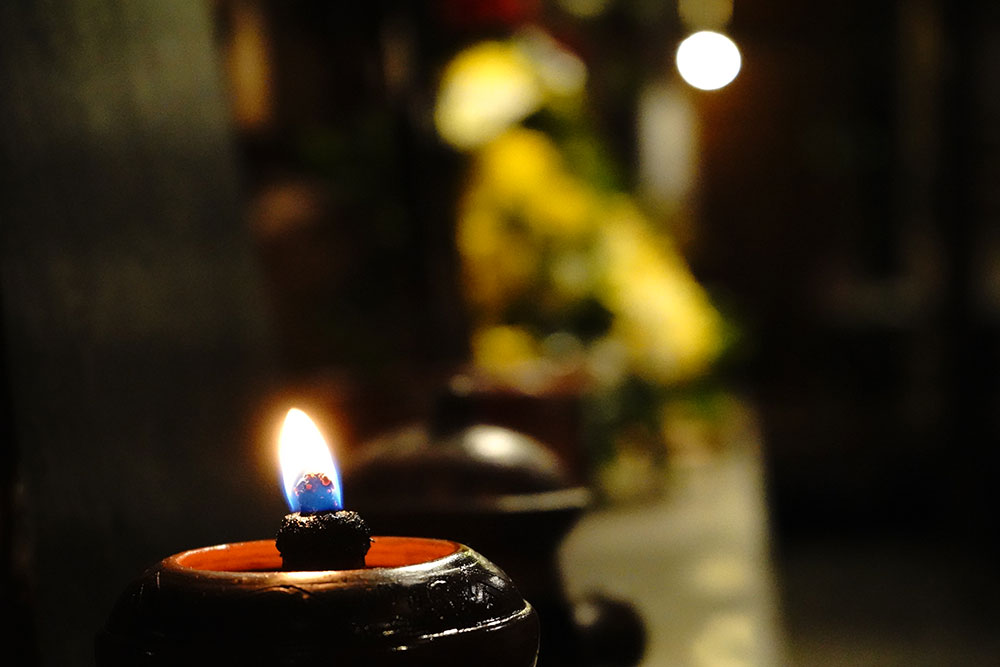
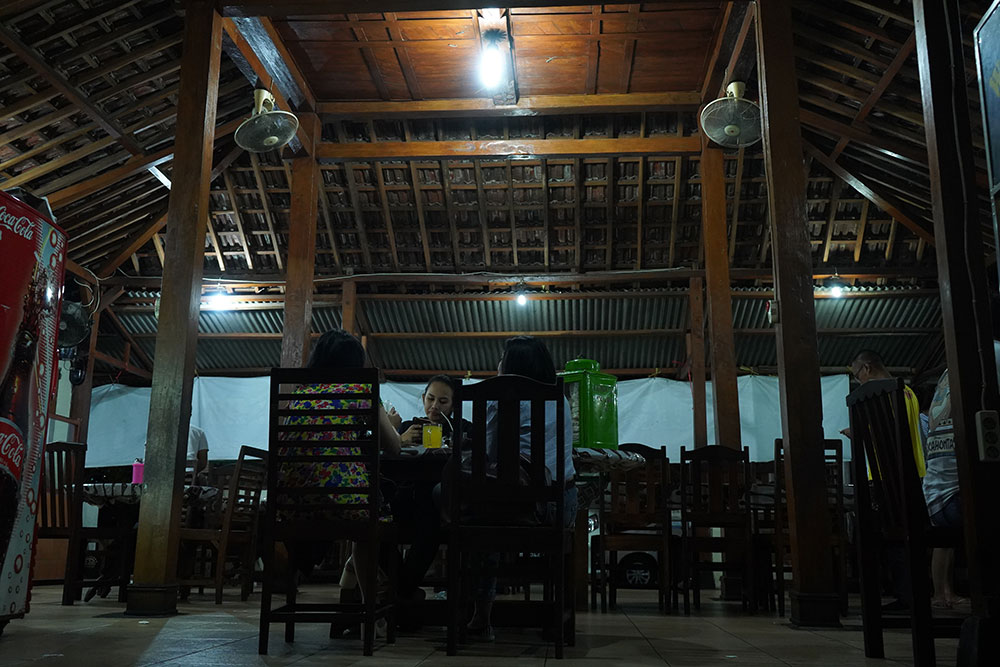
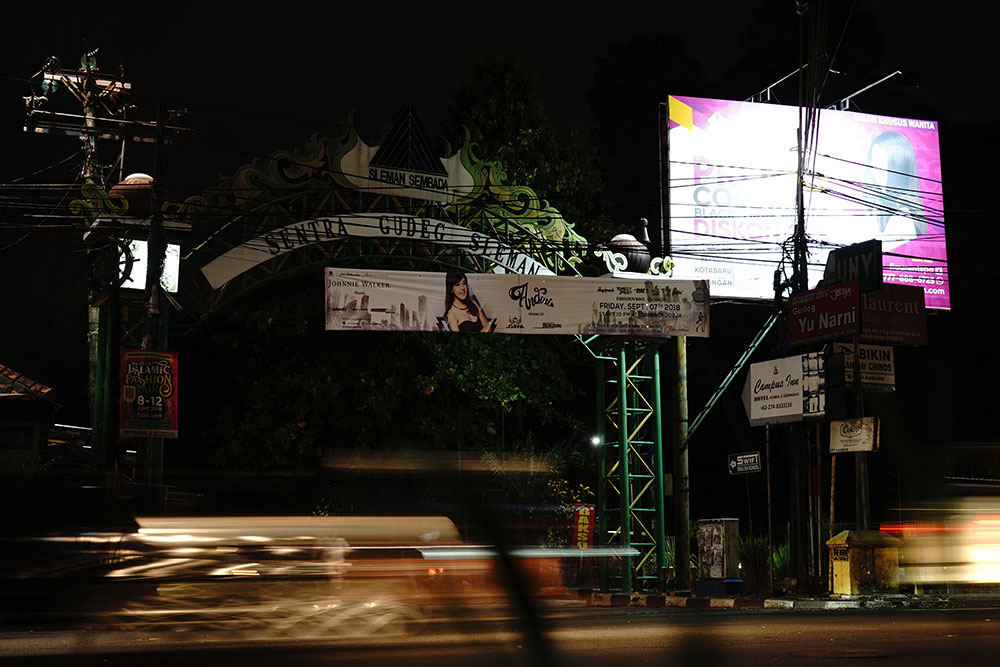
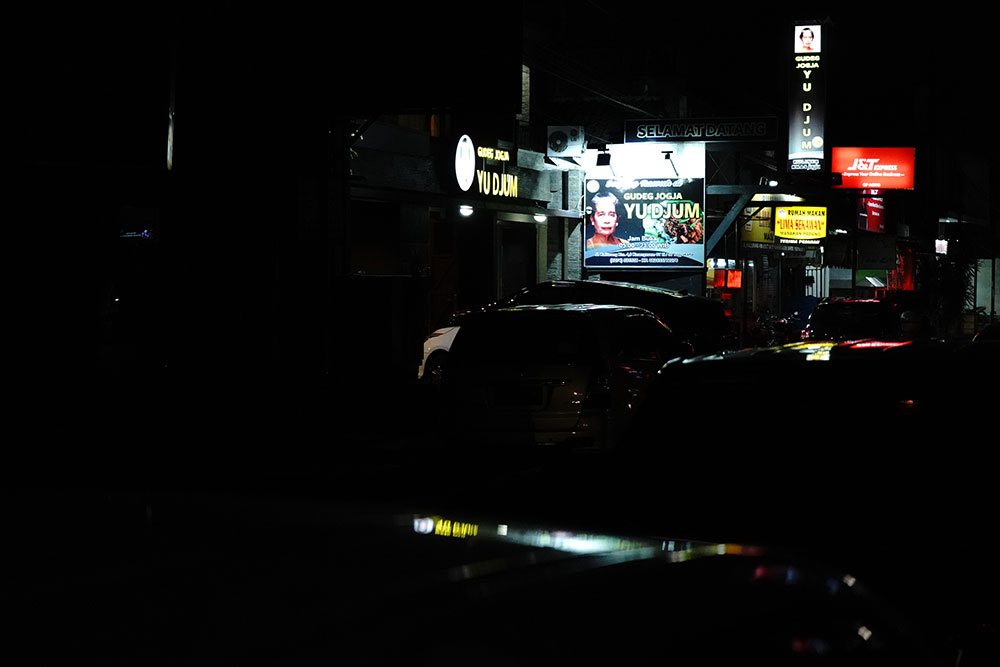
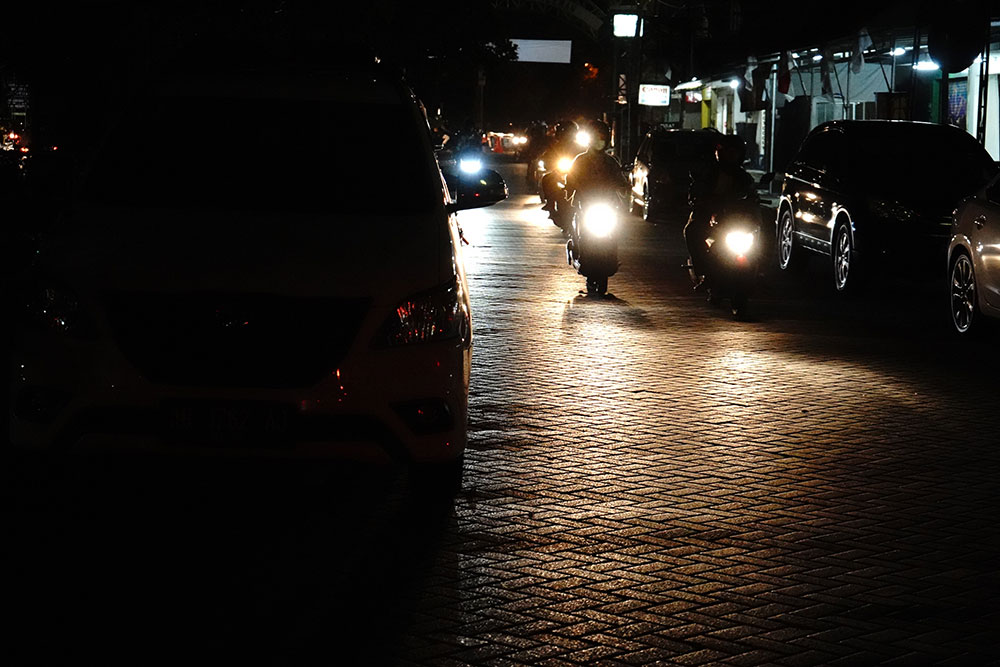
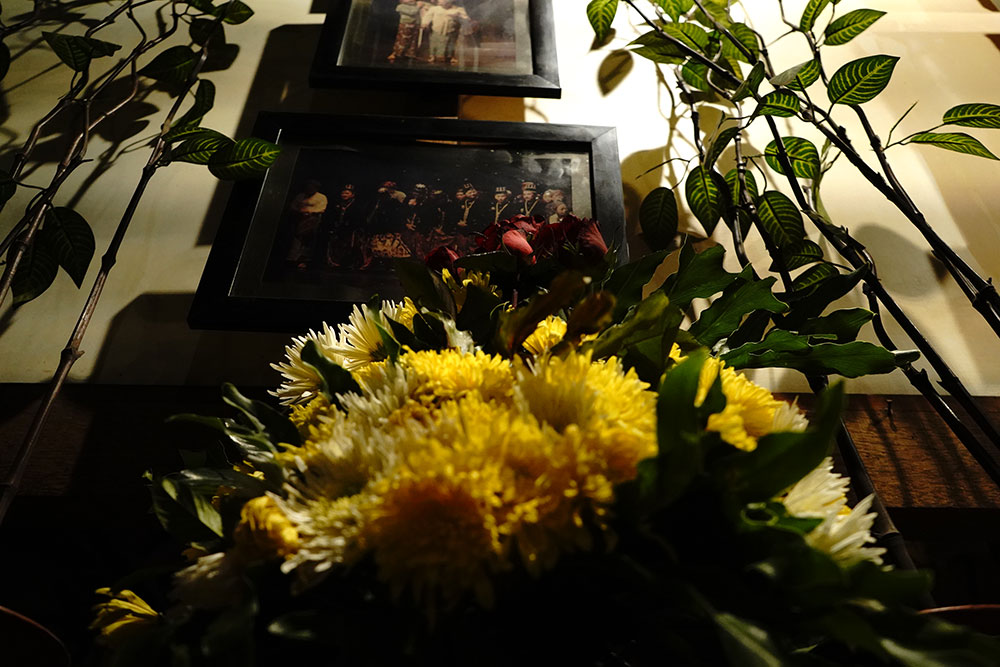
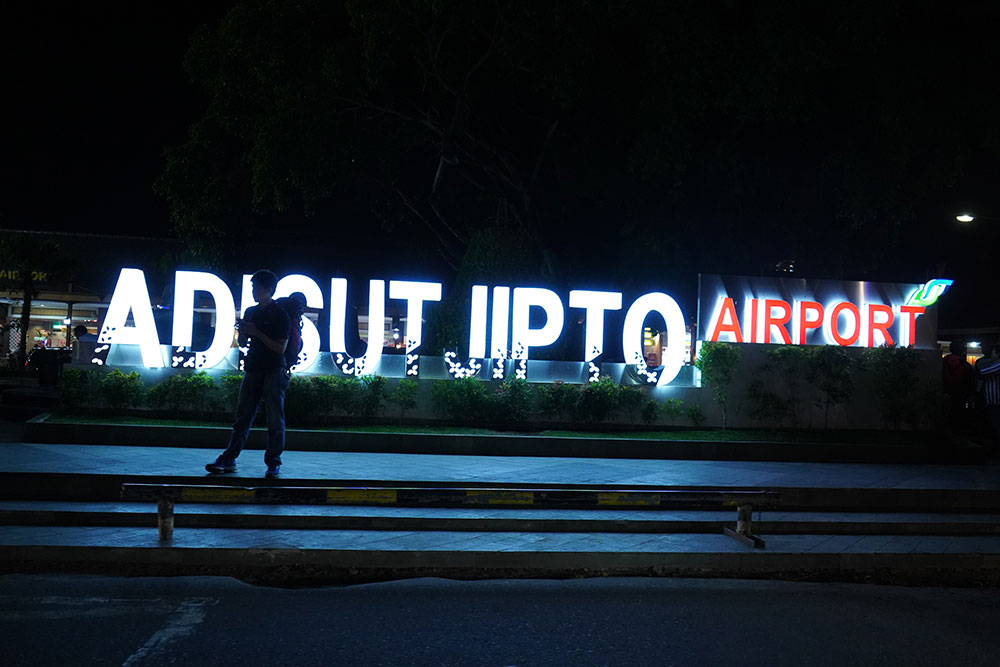
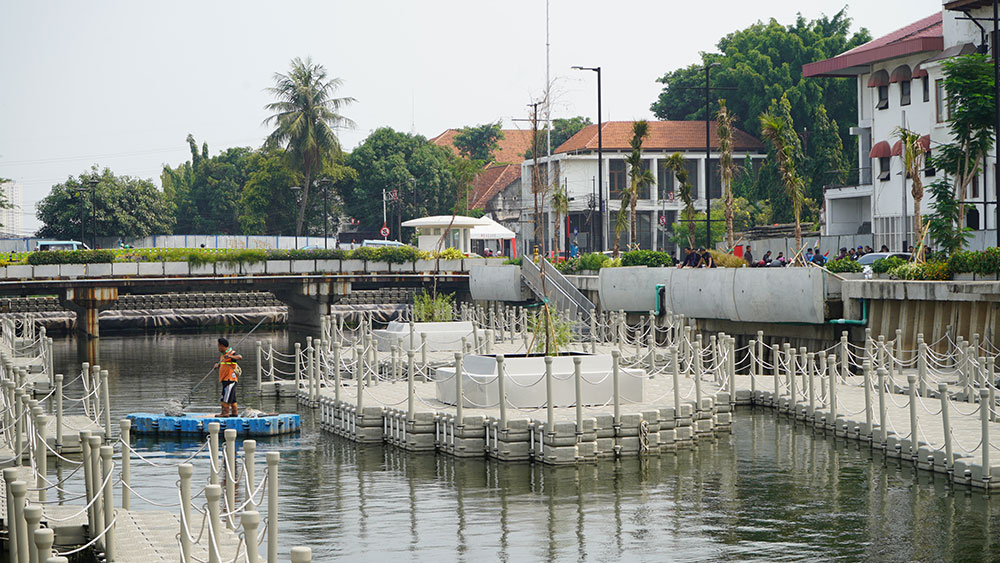
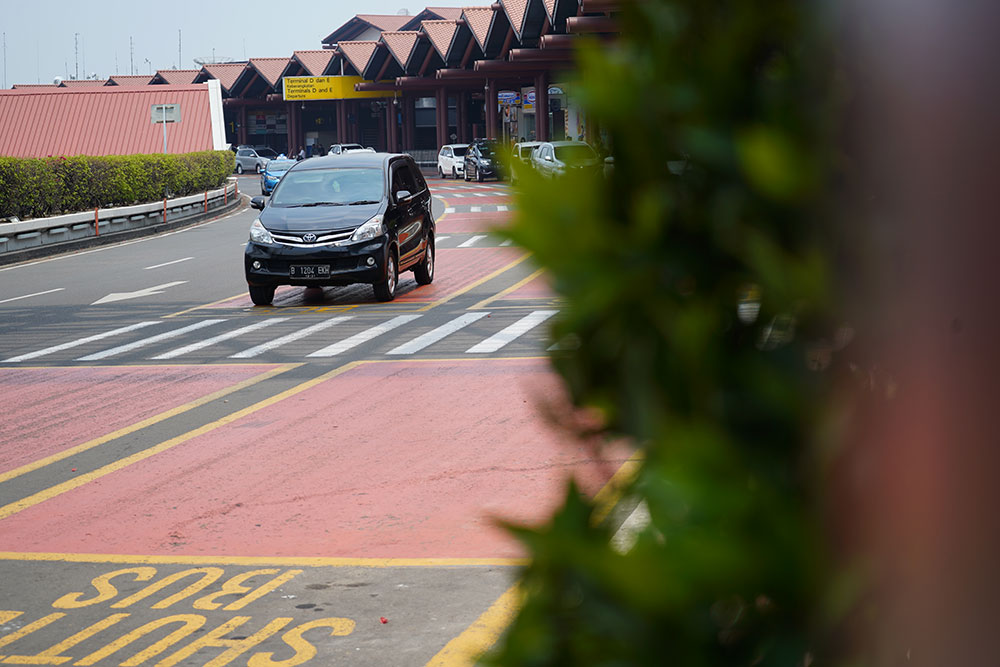
0 Response to "Experience Using SONY ALPHA a7III Review 2019"
Post a Comment